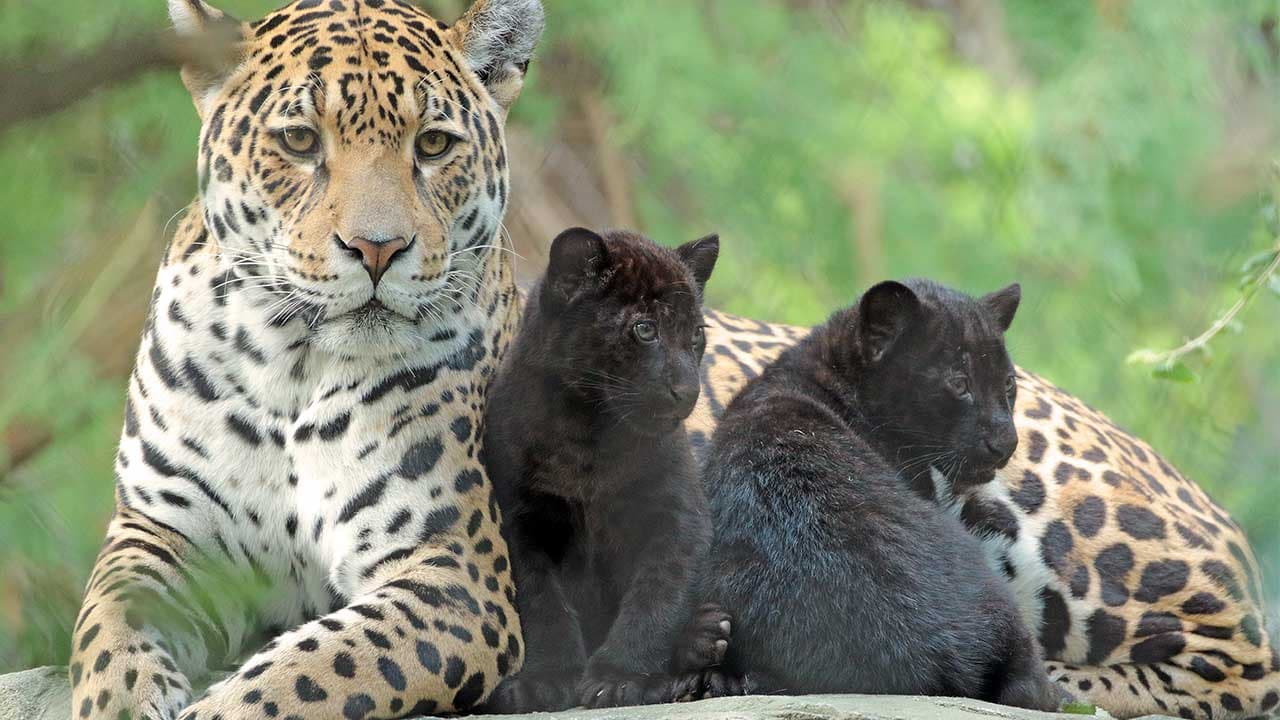Each wildlife rescue is a narrative woven into the vast African savannah. This particular story began on June 20, when a male elephant was discovered with a severe ankle injury caused by a sharp object.
The SWT/KWS Tsavo Mobile Veterinary Unit swiftly responded, treating the wound and closely monitoring the elephant’s recovery. The injured bull had wandered into community lands bordering the Tsavo Conservation Area, where human-wildlife conflicts are a common challenge for animals straying beyond the safety of the park.

With meticulous care, the team treated the elephant, hoping it would naturally find its way back to the sanctuary of the park. However, throughout July, the elephant became increasingly familiar with the local community, though its presence posed significant challenges. On July 12, the team conducted a scheduled treatment to address the wound and prepare for the elephant’s relocation back to Tsavo National Park.
Adhering to best practices, they waited at least two weeks between anesthetic procedures to ensure the medications from the initial sedation had fully cleared the elephant’s system, unless an emergency warranted otherwise.

Relocating an adult elephant is no easy task. Dr. Poghon expertly guided the operation from an SWT helicopter while ground teams from KWS and SWT mobilized quickly. Once the elephant was sedated, the team cleaned and treated the leg wound. Then, with great care to avoid straining the injured ankle, the elephant was carefully secured with specialized straps and loaded onto a purpose-built crane truck. This vehicle, an essential part of the team’s fleet, played a pivotal role in the operation’s success.
Throughout the journey, two KWS veterinarians remained by the elephant’s side, ensuring it was safe, calm, and stable. Despite the challenges posed by the elephant’s presence in the community, it received a remarkable farewell as the convoy made its way out of the area.

A particularly striking moment came as the convoy traversed the bustling Nairobi-Mombasa Highway, which cuts through Tsavo East and West National Parks.
At last, the team safely arrived in Tsavo West, where the elephant was released near a waterhole frequented by other elephants, close to the Mtito Anti-Poaching Team base. This location was carefully chosen to facilitate close monitoring and to provide supplemental alfalfa feed, sparing the bull the need to travel far in search of food. This additional support was crucial to helping the elephant adapt to its new environment.

This operation underscores the vital role of relocation in wildlife conservation and community protection. In densely populated areas, herding elephants away with helicopters isn’t always feasible. In such cases, relocation can mean the difference between life and death.
Through collaboration with KWS, SWT has developed a robust team capable of addressing complex human-wildlife conflict scenarios, offering essential solutions to protect both wildlife and the people who share their landscapes.















